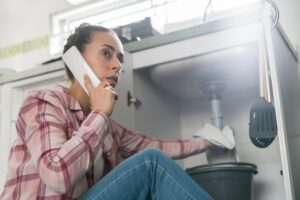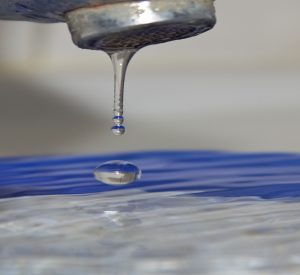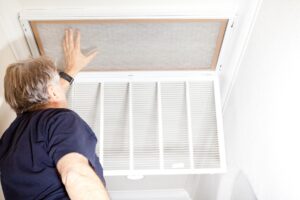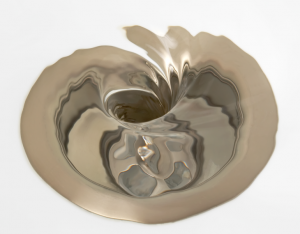How to Help Your Plumbing System
 We know there are many factors to consider when you’re thinking about keeping your home in top shape. This is something that you probably work into your home in various different ways. We want you to make sure that you’re thinking about this in regard to your plumbing system as well.
We know there are many factors to consider when you’re thinking about keeping your home in top shape. This is something that you probably work into your home in various different ways. We want you to make sure that you’re thinking about this in regard to your plumbing system as well.
There are so many simple things you can do to improve your plumbing system. We’re going to list out a few vital ones today.
If you need expert plumbing service, our professionals can come out to your home to do the work. We’re the professionals you want when you need a great plumber in Suprise, AZ.
What to Do to Help Your Plumbing
These are a few things you can do to help your home’s plumbing system. We’ve broken it down into three vital steps.
-
Know What Can Go Down the Drains
Step number one is just knowing what can go down your home’s drains. Getting informed is the proper first step in almost every process you want to take on. Let’s take a crash course. Here are a few things that you should never allow to go down your home’s drains.
- F.O.G. (fat, oil, and grease)
- Coffee grounds
- Pits, seeds, etc.
- Eggshells
- “Flushable” wipes
- Paper towels and cotton balls
As long as you make sure to avoid these items, you can dodge a major issue with your plumbing system.
-
Avoid Chemical Drain Cleaners
You need to make sure that you’re avoiding chemical drain cleaners at all costs. Chemical drain cleaners are a no-go because they damage your pipes. You might think that chemical cleaners are the simple solution that’s going to help rectify a problem ASAP, but they’re actually more likely to prolong or worsen plumbing issues.
Yes, you might think a clog is gone after you pour the chemical drain cleaner down the sink drain. It might actually even go away for a little while. The real problem lies in what comes after this.
Most of the time, chemical drain cleaners don’t get to the root of the issue the way a professional plumber can. They leave behind some residue that can create a clog in the future.
On the other hand, your chemical drain cleaner might do too good of a job. Once it’s done eating away at a clog, it’s going to start eating away at the pipe itself. Corrosion is an issue that can lead to terrible leaks in your home. This is why professional cleaning is always the answer.
-
Invest in Drain Strainers
You should invest in strainers for all your drains. If you’re not going to put one on every different drain in your home, we suggest putting one in your shower and one in your kitchen sink at a minimum. These spaces experience high traffic and can be susceptible to hair, grime, and food particles that cause clogs. A simple, inexpensive strainer can save you a lot of time, grief, and money.
Contact The Trusted Plumber when you’re looking for great plumbing services in the area.
This post first appeared on https://www.thetrustedplumber.com

 The quality of your water affects your life. If you’re not paying attention to this, then it’s time for you to take better control of it. High-quality water means that you have a high-quality home. We’re going to make sure that you notice all the signs that your home’s water is subpar in any way. Then, we can help you figure out what water treatment system is right for you.
The quality of your water affects your life. If you’re not paying attention to this, then it’s time for you to take better control of it. High-quality water means that you have a high-quality home. We’re going to make sure that you notice all the signs that your home’s water is subpar in any way. Then, we can help you figure out what water treatment system is right for you.


 It’s happened to you—you’ve come across a clogged or slow-moving drain in your home. The next question is “What can I do?” We know that this is something that you’re not looking forward to handling. Trying to figure out when it’s going to work for you to have a professional over to your home isn’t always convenient. Because of this, we understand how tempting it can be to use chemical drain cleaners.
It’s happened to you—you’ve come across a clogged or slow-moving drain in your home. The next question is “What can I do?” We know that this is something that you’re not looking forward to handling. Trying to figure out when it’s going to work for you to have a professional over to your home isn’t always convenient. Because of this, we understand how tempting it can be to use chemical drain cleaners. Sometimes, there are things that you’re missing in your home. You can get by with missing certain things in other areas of your home, but your bathroom is one of those areas that you should treat with care.
Sometimes, there are things that you’re missing in your home. You can get by with missing certain things in other areas of your home, but your bathroom is one of those areas that you should treat with care.